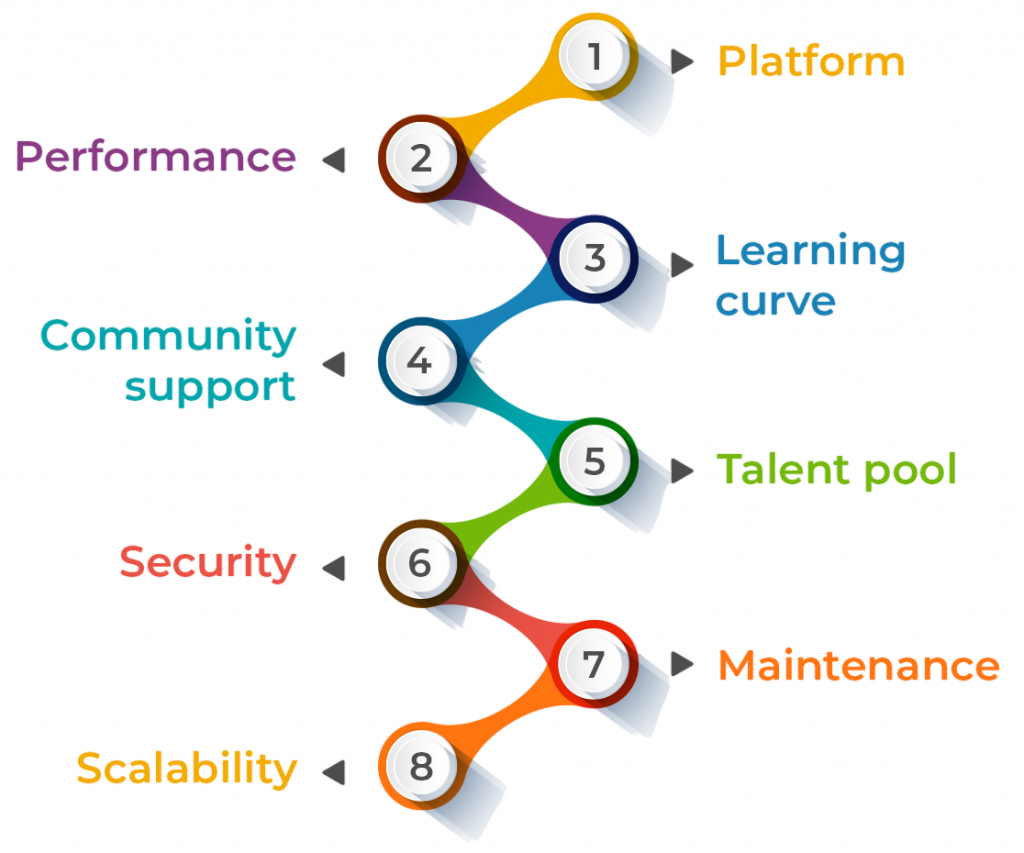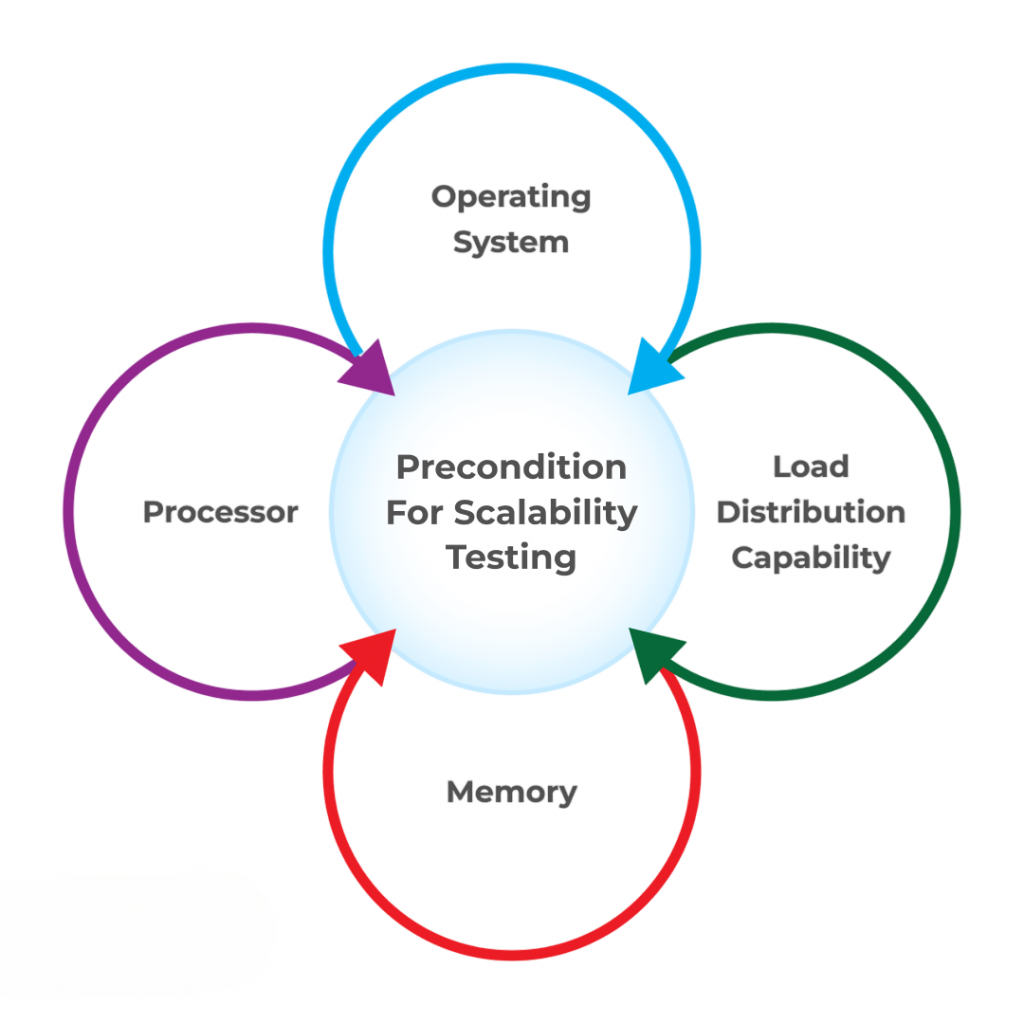
- Why Python Stands Out in Machine Learning
- R: The Statistician’s Tool for Data Analysis
- Other Options: Java, C++, and Julia
- Key Factors to Consider When Choosing a Language
- The Power of Libraries and Frameworks
- Scalability and Performance: When Speed Matters
- Future Trends: What’s Next for AI Programming Languages?
- Getting Started: Your First Steps in Machine Learning
- Conclusion
Why Python Stands Out in Machine Learning
Machine learning (ML) is a vital part of our modern world. From the movie suggestions on Netflix to smart assistants at home, artificial intelligence is everywhere. As this technology grows, the demand for skilled professionals to build and manage these systems also increases. Before you can create the next big AI, you must make an important choice: which programming language should you learn? Your choice will influence your learning curve, project capabilities, and career path. To build a strong foundation and make informed decisions, explore Machine Learning Training a comprehensive program that equips learners with practical skills in coding, model development, and deployment across real-world AI projects. This guide will explore the top contenders to help you find the best programming language for machine learning to meet your specific needs. When discussing machine learning languages, one name often comes up first: Python. There is a good reason for its popularity. Python was designed for simplicity and readability, making it very friendly for beginners. This means you can focus on understanding machine learning concepts without struggling with complex syntax. Python also has a large and active global community.
R: The Statistician’s Tool for Data Analysis
While Python is the leading choice, R is a strong and respected alternative, particularly in academia and statistical research. Developed specifically for statisticians, R excels at complex data analysis, statistical modeling, and data visualization. If your work focuses on deep statistical investigation or creating detailed graphs and charts, R is excellent. To extend these capabilities into intelligent automation and predictive systems, explore Deep Learning in Modern Technology a comprehensive guide that highlights how neural networks, big data, and cloud platforms are transforming industries through advanced analytics. Its ecosystem includes powerful packages like ggplot2 for visualization and dplyr for data handling. While Python is generally more versatile for building and deploying large applications, R remains a popular choice for data exploration and research-oriented projects.
Ready to Get Certified in Machine Learning? Explore the Program Now Machine Learning Online Training Offered By ACTE Right Now!
Other Options: Java, C++, and Julia
In addition to the two main players, several other AI programming languages serve specific needs: from statistical modeling to high-performance computing. To understand the foundation that powers these languages and their applications, explore What is Machine Learning a comprehensive guide that explains how machines learn from data, adapt to patterns, and drive intelligent decision-making across industries.
- Java: Known for its speed and scalability, Java is favored in the enterprise world. If you need to integrate a machine learning model into a large Java-based system, using Java for ML makes sense. Libraries like Weka and Deeplearning4j offer robust tools for creating enterprise-grade AI applications.
- C++: When speed is essential, C++ is the best choice. It allows for low-level memory management, making it suitable for performance-critical applications like game development, robotics, and high-frequency trading algorithms. Its learning curve is steeper, but C++ is unmatched for computationally intensive tasks.
- Julia: A newer language, Julia aims to provide the best of both worlds: the easy syntax of Python and the speed of C++. It was designed for high-performance numerical analysis and computational science. While its community is smaller, Julia programming is gaining traction and is a language to watch for the future of scientific computing.
- Project Goals: Are you doing academic research, building a web application with ML features, or designing a high-performance system? Your goals will largely influence your choice.
- Ecosystem & Libraries: Does the language have strong machine learning libraries? A rich ecosystem saves you from reinventing the wheel and speeds up development.
- Community Support: How large and active is the community? A strong community means more tutorials, forums, and third-party tools to assist you.
- Performance Needs: How important is speed for your application? For many projects, Python is fast enough, but for others, C++ or Julia might be necessary.
- Learning Curve: How much time can you dedicate to learning? Python is known for its gentle learning curve, while C++ requires a significant time investment.
- Pick a Language (Most Likely Python): For most beginners, Python is the best programming language for machine learning. Its easy learning curve and extensive resources provide a smooth entry point into the field.
- Learn the Basics: Before diving into ML, ensure you understand programming fundamentals, data structures, and essential math concepts like linear algebra and statistics.
- Master Key Libraries: Start by learning Pandas for handling data, Matplotlib for visualization, and Scikit-learn for traditional ML models. Afterward, you can explore TensorFlow or PyTorch for deep learning.
- Build, Build, Build: The best way to learn is by doing. Start with small projects, follow tutorials, and challenge yourself to solve real-world problems.
To Explore Machine Learning in Depth, Check Out Our Comprehensive Machine Learning Online Training To Gain Insights From Our Experts!
Key Factors to Consider When Choosing a Language
Choosing a language for AI depends entirely on your needs. Here are some key factors to consider before making a decision: performance requirements, library support, ease of integration, and community strength. To understand how these choices impact model development, explore Machine Learning Techniques a practical guide that outlines core algorithms, implementation strategies, and the role of programming languages in shaping intelligent systems.

The Power of Libraries and Frameworks
A programming language is only as effective as the tools it offers. This is where Python excels. The wide array of machine learning libraries available for Python makes it a highly efficient choice. Libraries like Scikit-learn allow you to implement complex algorithms with just a few lines of code. For deep learning, frameworks like TensorFlow and PyTorch have become the industry standard, enabling developers to create and train sophisticated neural networks easily. To master these tools and build production-ready models, explore Machine Learning Training a hands-on program that teaches algorithm implementation, model tuning, and deployment using today’s most powerful libraries. This rich ecosystem is the main reason Python for machine learning has gotten so far ahead of its competitors.
Looking to Master Machine Learning? Discover the Machine Learning Expert Masters Program Training Course Available at ACTE Now!
Scalability and Performance: When Speed Matters
Although Python is user-friendly, it is an interpreted language, which can make it slower than compiled languages like C++. However, for most machine learning tasks, this isn’t a problem. Many of Python’s core data science libraries, like NumPy and Pandas, are written in C, so they operate quickly.

When you build models, the heavy computational work is usually handled by these optimized libraries. To scale that performance across massive datasets in distributed environments, explore Deep Learning with Apache Spark a hands-on guide that shows how Spark integrates with deep learning frameworks to accelerate training, streamline workflows, and handle big data efficiently. This way, you benefit from both easy development and fast execution. For situations where every millisecond counts, though, C++ or Java still provide superior performance and scalability.
Future Trends: What’s Next for AI Programming Languages?
The technology landscape is constantly changing, and AI programming languages are no different. Python’s popularity is not likely to decline soon, thanks to its large user base and unmatched library support. However, languages like Julia are starting to gain traction by addressing Python’s performance weaknesses without losing ease of use. To understand how these languages support core predictive models, explore What is Logistic Regression a foundational guide that explains how logistic regression models estimate probabilities, classify outcomes, and power decision-making across industries. As machine learning models become more complex and require greater computational power, we might see a rise in specialized languages designed for high-performance AI. Staying informed on these trends will be crucial for any developer in the field.
Preparing for Machine Learning Job Interviews? Have a Look at Our Blog on Machine Learning Interview Questions and Answers To Ace Your Interview!
Getting Started: Your First Steps in Machine Learning
Ready to begin your journey? Here is a simple roadmap to get started: choose a learning path, set measurable goals, and track your progress with meaningful metrics. To understand how model performance is evaluated using those metrics, explore Confusion Matrix in Machine Learning a beginner-friendly guide that explains true positives, false negatives, precision, recall, and how to interpret model accuracy.
Conclusion
So, what is the final verdict? While several languages can be used for machine learning, Python stands out for most developers, data scientists, and businesses. Its blend of simplicity, a large support community, and an extensive collection of libraries makes it the most versatile and effective tool for the job. While R, C++, and Java all have their place, Python provides the smoothest and most powerful path for anyone looking to enter the exciting world of artificial intelligence. To turn that potential into practical expertise, explore Machine Learning Training a hands-on program that teaches Python-based model development, algorithm implementation, and real-world AI deployment. Choosing the right tool is crucial, and right now, Python is clearly in the lead.



